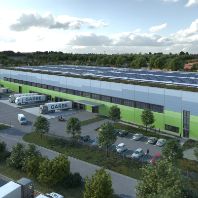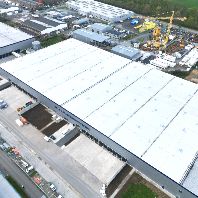About Romania
With a population of some 20 million inhabitants (October 2011 Census), Romania is simply too large to be ignored. In the European Union, Romania ranks 9th largest in terms of area and 7th largest by population. These factors make Romania one of the largest consumer markets in the EU, as well as an attractive manufacturing hub. The country is divided into 42 counties, with its capital and largest city being Bucharest (and Ilfov) with almost 2 million inhabitants. The metropolitan area of surrounding Ilfov County increases the capital's population by additional 320,000 inhabitants.
The second tier cities are mostly selected by economic importance rather than population and include: Cluj Napoca, Constanta, Timisoara and Iasi each having a population of some 300,000 inhabitants. The third tier cities include, but are not limited to: Brasov, Sibiu, Targu Mures, Craiova and Galati. As in other CEE & SEE Countries, the capital city – Bucharest, is the most developed and represents the economic, social and cultural center of Romania.
Macroeconomics
The modern economy began in the year 1990. After two decades of privatization, there are currently only a few companies that remain in the hands of the Romanian state. The banking sector is almost entirely privately managed, with a couple of the commercial banks being largely owned by the Romanian State (i.e. Saving Bank/ CEC). Historically, the first 10 years after the collapse of communism were the most fragile. The following years, featuring a more stable economy, are considered to have preparation years for European Union accession. At present, the country is seeking to join the Schengen area and in 5-7 years, to be part of the monetary union and adopt the Euro.
Romania's economy is however highly dependent on its Western European partners. With a weak recovery in consumer demand, a low level of activity in the construction sector, a large agricultural sector with its inherent unpredictable results, the country's GDP growth is supported heavily by exports. The country's 5-year average forecast (2013-2017), places its economic performance at a level of 2.9%, which is well above the EU-average.






